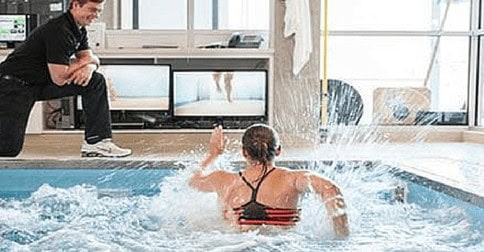Many patients with intracranial hypotension from spinal cerebrospinal fluid (CSF) leaks endure a limited ability to be functional while upright. Often much or most of the day is spent recumbent because that is often the only effective way to reduce the positional headache and other symptoms.
A significant problem is that abundant bedrest can result in cardiovascular deconditioning, often within days. Deconditioning can contribute to poor tolerance of upright posture so minimizing it or avoiding it makes a lot of sense. But HOW can this be done without exacerbating symptoms?
Physical activity and exercise for a spinal CSF leak patient with poor tolerance of upright posture is unquestionably challenging and needs to be individualized. A physical therapist can help. There are some common things that are okay in many patients and those that carry greater risk of worsening symptoms.
The restrictions after surgery and after epidural patching procedures will not be discussed here as restrictions should be guided primarily by the treating physician. We will focus on patients who continue to endure significant disability but are weeks or months post intervention.
Activities and exercise types to be avoided or minimized:
Increasing abdominal pressure: breath-holding, weight-lifting, straining
Bending, twisting, rotating the spine: swimming, rowing, elliptical, cross country skiing, golfing
Stretching the spine: stretching, Yoga (some positions are fine)
Bouncing, jerking: running, bumpy car rides, roller coasters
Activities and exercises that can help with cardiovascular conditioning that are better tolerated:
Upright position, time-limited: walking, stair climbing
Recumbent position: recumbent bicycle, recumbent stepper
Pool**: walking / running on underwater treadmill, pool walking, water aerobics (with restrictions)
** While in a pool the compressive force of the water (hydrostatic pressure) increases intracranial pressure such that exercise is usually better tolerated than exercise on land. Rotation of the spine with swimming renders it an activity to be avoided in most with spinal CSF leaks.
Additional beneficial activities:
Lower extremity strengthening
Gentle core strengthening
Balance work
Because of the effect of water pressure, those with access to a pool and better yet, a pool with an underwater treadmill, will find it easier to avoid or reverse deconditioning. The water jets in a pool with treadmill also gently engage core muscles and add challenge to balance while walking or running. Recumbent stepper or recumbent bicycle can also be well tolerated, even if just for 10 minutes at a time. Getting up regularly for short walks or climbing stairs can also help to minimize deconditioning from bedrest.
Some of the same exercises that are better tolerated by patients with intracranial hypotension (pool, recumbent exercise, leg strengthening) are also great choices for those with dysautonomia.
The video below shows how walking in a pool differs from walking or running on an underwater treadmill.

